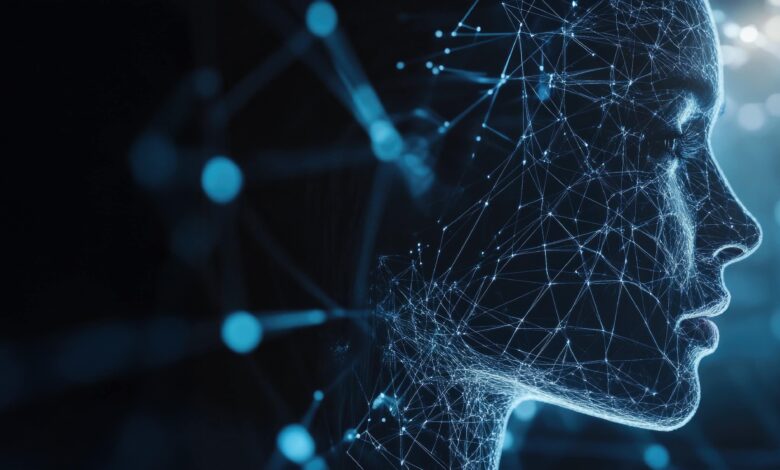
The mining industry is under growing pressure to deliver more with less. More minerals to meet clean energy demands, with fewer emissions, lower costs and reduced risk. As mining companies respond, digital technology is no longer a side investment, rather it is becoming central to how operations are planned, executed, and optimised.
Nowhere is this more evident than in grinding operations as one of the most energy-intensive and operationally complex stages in mineral processing. It accounts for a significant portion of a mine’s overall energy usage and can often still depend on legacy systems and manual intervention to ensure smooth, continuous running. However, this model is changing with the introduction of new technologies.
AI is increasingly being applied across many industries, mining and associated grinding processes included, to enable a more adaptive, data-driven approach. This shift is helping mining companies improve process efficiency, reduce unplanned downtime and increase throughput, all while using fewer resources and providing the foundations for faster, better decision-making both on the ground and remotely.
Rethinking efficiency in grinding operations
Grinding operations must balance a dynamic mix of variables, from ore characteristics and process targets, to wear conditions and system constraints. Operators largely rely on experience and legacy technologies to navigate this complexity, but human intuition alone can be limiting when conditions change in real time.
AI introduces a new level of opportunity for responsiveness. By analysing and processing sensor data from equipment, AI supports more precise control and timely interventions.
There’s a clear shift towards tools that help operators interact with complex systems in more intuitive ways. For example, within ABB’s existing GMD Connect platform, the new GMD Copilotsolutions combininges real-time monitoring, predictive analytics, and natural language interaction provide a more seamless relationship between operators and the tools they’re using. Instead of navigating layers of technical data or relying on off-site specialists, operators can use these solutions to ask system-aware questions about anomalies, performance trends or recommended actions and receive clear, accurate responses in seconds. This type of integration of generative AI into grinding operations isn’t a futuristic concept. It’s delivering results today.
New tech = new talent: Evolving skillsets in modern mining
Introducing AI to industrial operations often raises the question ‘what happens to the people?’ The reality is that AI is not replacing mining professionals but reshaping their roles and even elevating their capabilities.
As AI-powered tools and digital solutions become standard across operations, the skills required to manage them are evolving. Mechanical knowledge and process understanding remain essential, but they must now be paired with data literacy, system fluency and the ability to interact with AI-based systems. Over time, we expect an evolution towards agile, digitally capable workforce, fully capable of operating across physical and virtual environments.
Scaling expertise through remote access
AI is also enabling a more distributed and collaborative model of mining expertise. With secure, cloud-based systems and multilingual AI interfaces, skilled professionals no longer need to be physically on site to contribute meaningfully to operations. Remote experts can support multiple locations, resolve issues faster and reduce the need for travel, all while ensuring continuity of expertise.
This capability is critical at a time when the industry is contending with a persistent skills shortage. By decoupling expertise from location, AI opens the sector to a broader and more diverse talent pool.
It also improves operational resilience. When issues surface, teams can engage remote experts in real time through AI-assisted platforms, accelerating response times and ensuring best-practice interventions are consistently applied across sites.
Beyond real-time support, AI is enabling more strategic, forward-looking maintenance and asset management. One example is ABB’s GMD Connect suite of solutions, whichPredictive intelligence solutions uses continuous analysis of process and machine data to detect early signs of potential equipment failure before performance is noticeably affected. This type of predictive intelligence transforms maintenance from a reactive task to a proactive strategy. Schedules become optimised. Unplanned shutdowns are reduced. Equipment lifespan improves. In operations where downtime costs can run into the millions, this translates to significant savings and performance gains where the impact is both measurable and meaningful.
What comes next? Future-proofing the digital mine
As AI becomes embedded in core operations, mining companies must move beyond pilot projects and begin scaling digital infrastructure across their fleets and facilities. Doing so means more than adopting new technology. It requires investment in AI adoption at every level, giving operators the confidence to use intelligent systems, empowering teams to interpret data outputs and supporting a cultural shift towards digital-first operations.
It also calls for rethinking infrastructure to ensure connectivity, cloud access and system interoperability across remote and challenging environments.
A smarter, more resilient industry
AI in grinding is not an isolated development. It’s part of a broader transformation toward more intelligent, agile and efficient mining. From predictive diagnostics to real-time decision support, these tools are enabling the sector to respond faster to tighter environmental regulations and rising energy costs.
It’s also having a noticeable impact on reshaping the workforce by opening opportunities for new talent, enabling more flexible and distributed roles and turning mining into a truly data-driven, digitally empowered industry.
As demand for minerals continues to climb, the companies best positioned to meet it will be those who align operational excellence with technological innovation. AI is no longer optional. It is becoming essential, both to the future of mineral processing and beyond.





